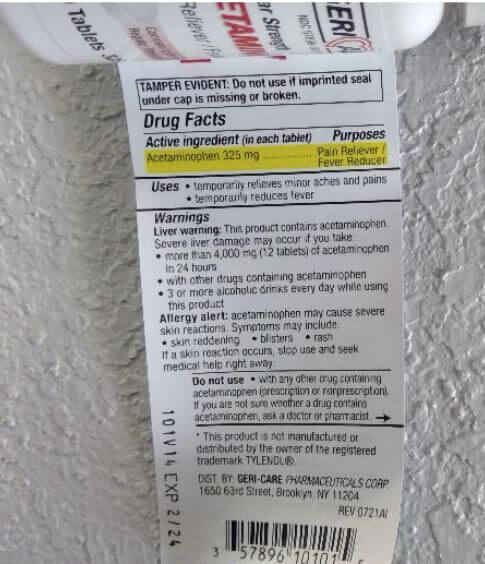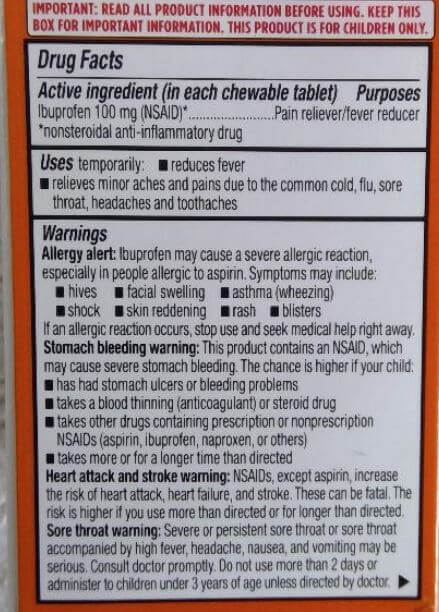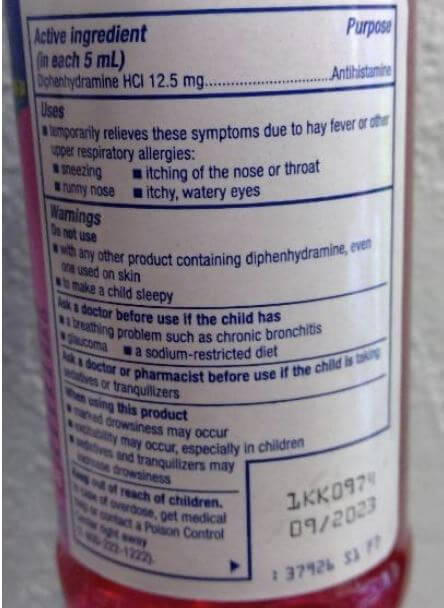
Contact us with any questions or to schedule an appointment for your child.
Understanding over-the-counter (OTC) medications and how to read “Drug Facts” is important for teens as they gain their independence and begin making more decisions on their own. OTC medications are easily accessible for purchase and kept in most homes. This may make them seem safe to use, but they are still drugs and should be treated as such! Misuse, intentional and accidental, can have severe and even devastating consequence. For example, recently, there has been Tik Tok “challenges” to take large amount of Benadryl (diphenhydramine) to get high or hallucinate. This is extremely dangerous and has caused hallucinations, seizures, comas, and even death! Helping teens and others understand the proper use and risks and benefits of OTC medications can literally be life-saving.
The packaging of all otc medications have a section called Drug Facts with key information. The Drug Facts should be checked every time before taking any medicine. For this reason, keep drugs in their original packaging. Here are some examples.



As you can see, they vary, but do include key sections.

Pain Relievers
Pain and fever are among the most common reason to reach for medication. Tylenol, Advil, Motrin, Aleve- these may be familiar brand names, but understanding their active ingredients and which can be taken together can be confusing.
Acetaminophen (uh-see-tuh-MI-nuh-fen) is the generic name for Tylenol and FeverAll, among others. It is safe and effective when used correctly. If taken at too high doses, it can cause serious liver damage, and even death. Because the form and dosage vary from product to product, always check the Drug Facts.
Ibuprofen (brands Advil, Motrin) and naproxen (brand Aleve) are in a class of drugs called non-steroidal anti-inflammatory drugs (NSAIDs). Aspirin is also an NSAID but it is not recommended for use in children due to risk of a serious complication called Reye syndrome. NSAIDs are filtered through the kidneys. Again, they are safe when taken correctly. NSAIDs can be taken with acetaminophen but not with other NSAIDs.
Acetaminophen and NSAIDs are common ingredients in combination medications (meds intended to relieve multiple symptoms).

This is label from Dayquil, a medication used to relieve cold and flu symptoms. Notice there are 3 active ingredients: acetaminophen, dextromethorphan, and phenylephrine. It could be safely taken with ibuprofen or other NSAID but should not be taken with additional acetaminophen products. Take only 1 medication that contains the same kind of active ingredient at a time to reduce to chance of taking too much.